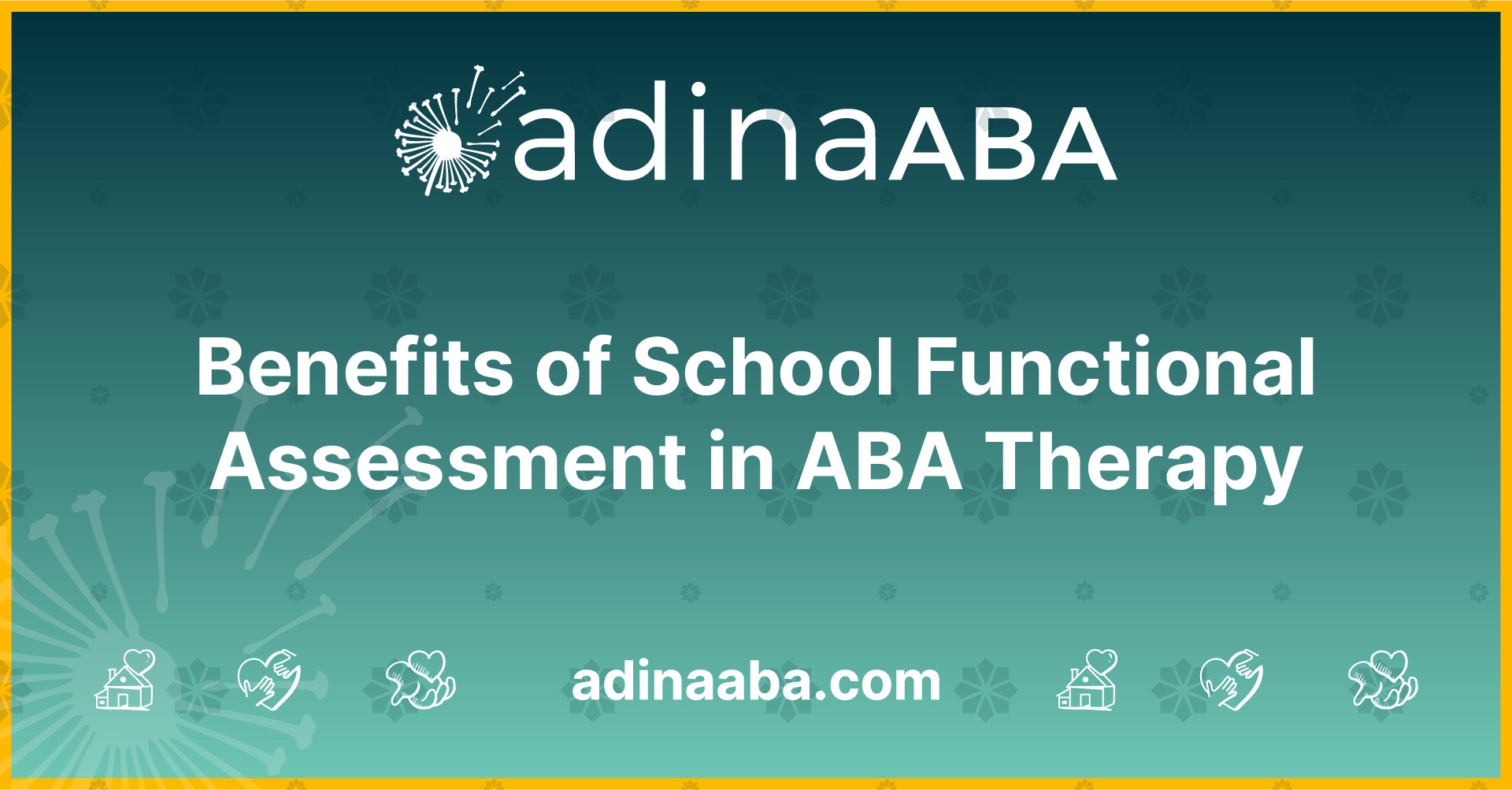A Comprehensive Guide to Self-Diagnosed Autism
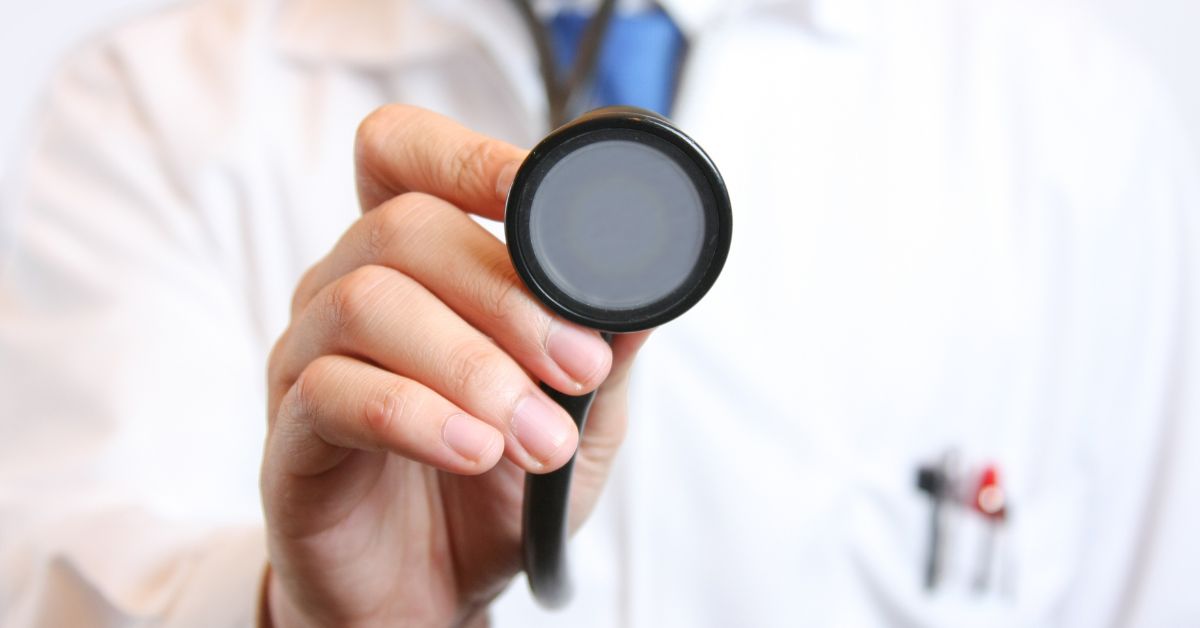
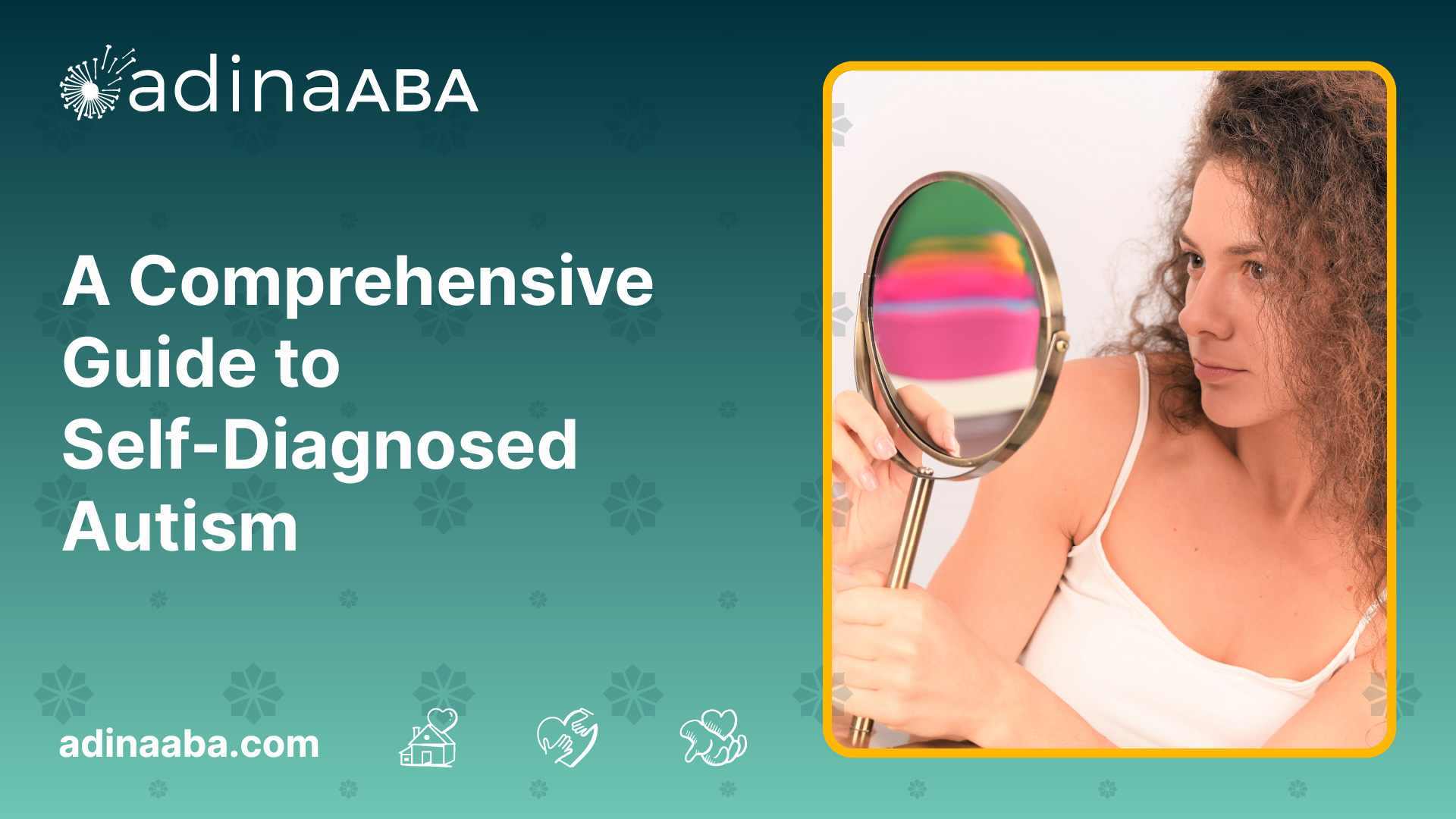
Understanding Self-Diagnosed Autism
When it comes to autism, self-diagnosis is a concept that has gained attention in recent years. People who suspect they may be on the autism spectrum may choose to engage in self-discovery and self-diagnosis. This section will explore the concept of self-diagnosed autism and emphasize the importance of self-discovery.
Exploring the Concept of Self-Diagnosed Autism
Self-diagnosed autism refers to individuals who have independently come to the conclusion that they are on the autism spectrum without a formal diagnosis from a healthcare professional. This self-discovery process often involves extensive research, introspection, and reflection on one's own experiences and behaviors.
Many individuals choose self-diagnosis as a starting point to understand themselves better and seek support and resources. It is important to note that self-diagnosis does not replace a formal diagnosis from a qualified professional. However, it can be a valuable step towards self-understanding and accessing appropriate resources and support.
The Importance of Self-Discovery
Self-discovery is an essential aspect of understanding oneself and embracing individual differences. For individuals considering self-diagnosis, the journey of self-discovery can be empowering and enlightening. It allows for a deeper understanding of personal strengths, challenges, and unique traits.
Self-discovery in the context of autism involves exploring personal experiences, behaviors, and patterns that align with characteristics commonly associated with autism. This process can provide individuals with a sense of validation, as they may find explanations for challenges they have faced throughout their lives.
By engaging in self-discovery, individuals can gain insights into their own strengths and develop strategies to navigate their lives effectively. It can also lead to a better understanding of how to leverage their unique traits to thrive in various aspects of life.
While self-discovery is an essential part of the journey, it is important to seek professional guidance and evaluation to obtain a formal diagnosis. A professional diagnosis can provide access to specialized services, support, and resources tailored to individual needs. If you are interested in taking a self-diagnosed autism test, you can visit their article on self-diagnosed autism test for more information.
In the next section, we will delve into the components and considerations of a self-diagnosed autism checklist, which can aid individuals in their self-discovery process.
Navigating the Self-Diagnosed Autism Checklist
For individuals who are exploring the concept of self-diagnosed autism, a self-diagnosed autism checklist can be a valuable tool in their journey of self-discovery. This checklist serves as a guide to help individuals identify potential autism traits and gain a better understanding of their experiences. In this section, we will delve into what a self-diagnosed autism checklist is and discuss its components.
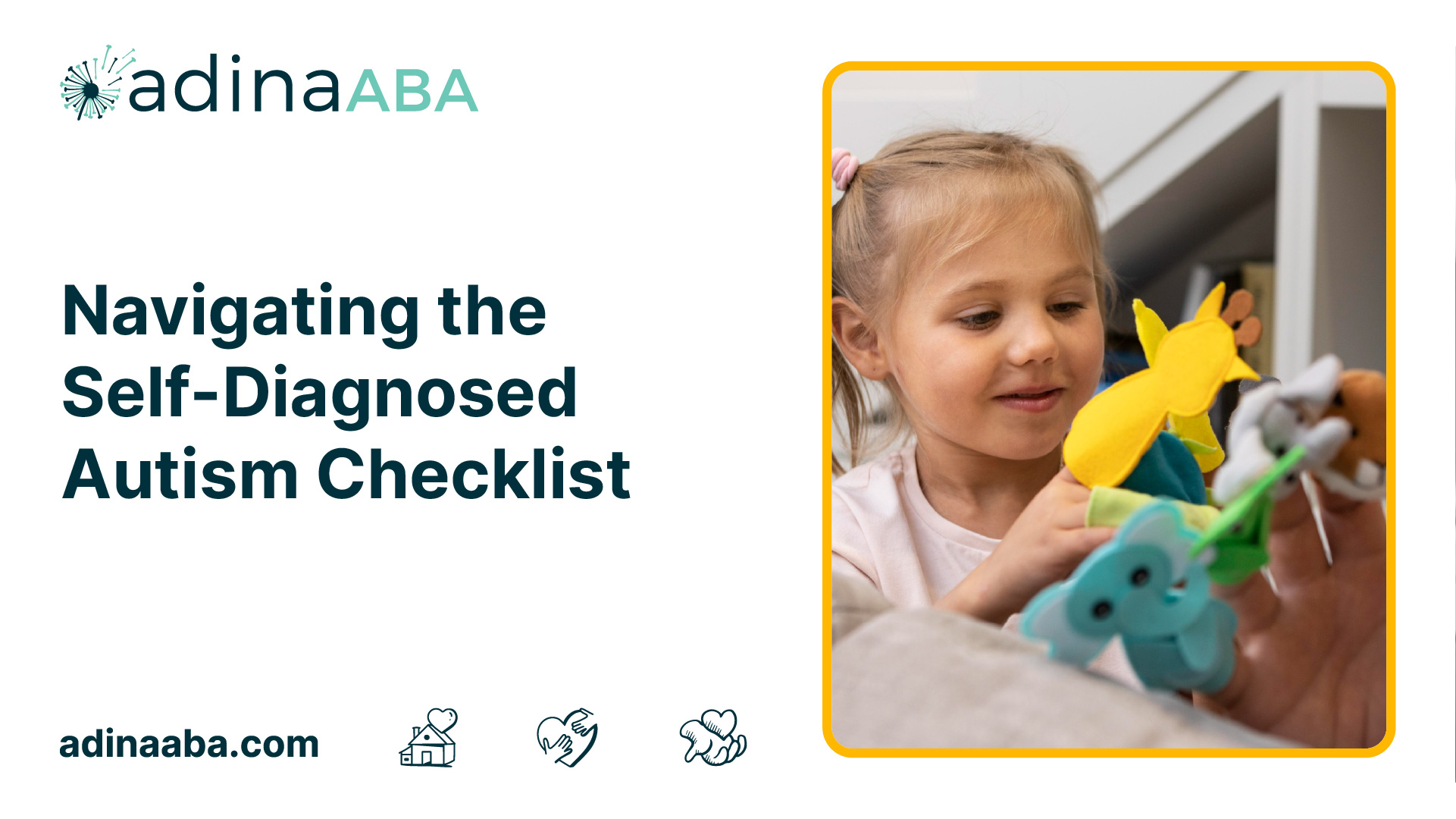
What is a Self-Diagnosed Autism Checklist?
A self-diagnosed autism checklist is a comprehensive list of characteristics and behaviors commonly associated with autism spectrum disorder (ASD). It serves as a self-assessment tool for individuals who suspect they may be on the autism spectrum but have not received an official diagnosis. The checklist allows individuals to reflect on their experiences and identify patterns of behavior that align with autism traits.
It's important to note that a self-diagnosed autism checklist is not a substitute for a professional diagnosis. It serves as a starting point for self-reflection and can provide individuals with insights into their own experiences.
Components of a Self-Diagnosed Autism Checklist
A self-diagnosed autism checklist typically includes a range of characteristics and behaviors associated with autism spectrum disorder. These components cover various aspects of an individual's life and provide a comprehensive view of their experiences. Some common components of a self-diagnosed autism checklist include:
By carefully considering and reflecting on the components of a self-diagnosed autism checklist, individuals can gain a deeper understanding of their own experiences and potentially identify patterns that align with autism traits. However, it's important to remember that a self-diagnosis is not equivalent to a professional diagnosis. Seeking professional evaluation and connecting with supportive communities are crucial steps in the journey of self-discovery. For more information on self-diagnosed autism resources, visit their article on self-diagnosed autism resources.
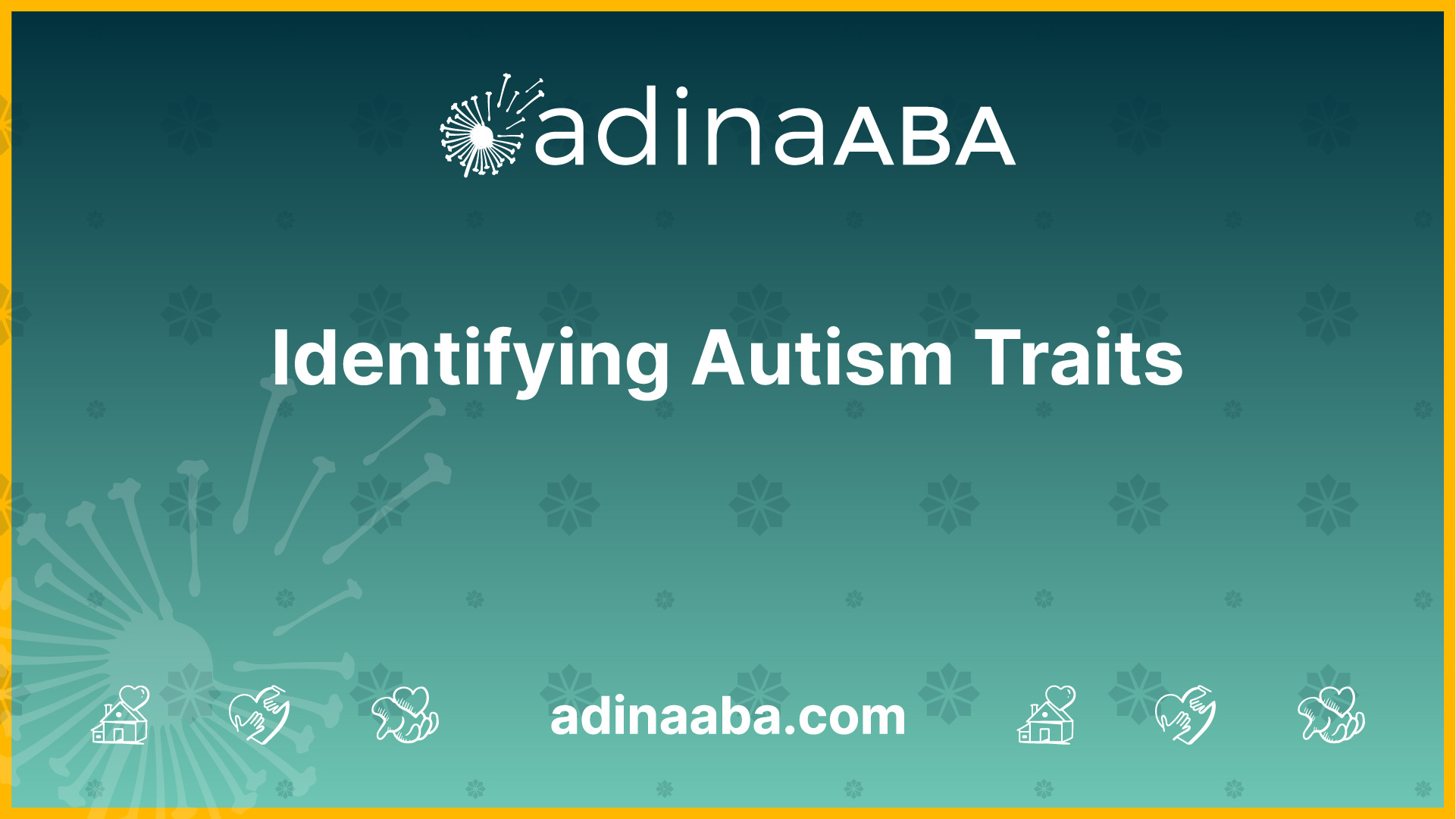
Identifying Autism Traits
When using a self-diagnosed autism checklist, it's important to understand the key traits associated with autism. These traits can help individuals gain a better understanding of their own experiences and determine if further evaluation is necessary. Here are three major categories of autism traits to consider: social interactions and communication, restricted and repetitive behaviors and interests, and sensory sensitivities and issues.
Social Interactions and Communication
One of the core characteristics of autism is challenges in social interactions and communication. Individuals on the autism spectrum may struggle with understanding and interpreting social cues, making it difficult to engage in reciprocal conversations and develop meaningful relationships. Some common traits related to social interactions and communication include:
- Difficulty maintaining eye contact during conversations.
- Challenges understanding nonverbal cues, such as facial expressions and body language.
- Trouble initiating or sustaining conversations.
- A tendency to take conversations literally, without grasping subtleties or sarcasm.
- Preference for routine and difficulty adapting to unexpected changes in social situations.
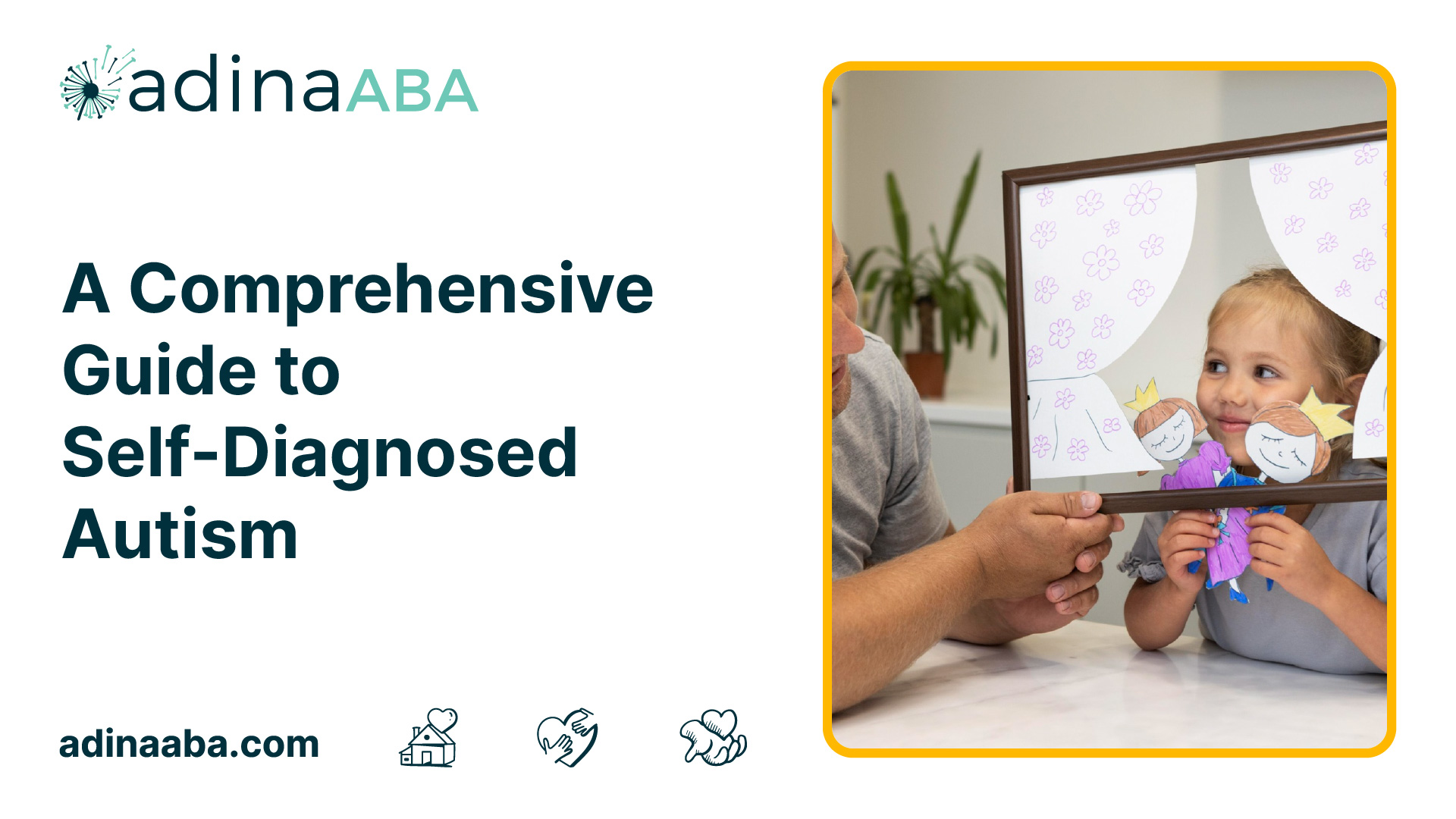
Restricted and Repetitive Behaviors and Interests
Another hallmark of autism is the presence of restricted and repetitive behaviors and interests. Individuals with autism often exhibit a strong preference for specific topics or activities and engage in repetitive behaviors. Some common traits related to restricted and repetitive behaviors and interests include:
- Preference for predictable routines and resistance to changes in daily activities.
- Intense focus on specific topics, often becoming experts in those areas.
- Engaging in repetitive movements, such as hand-flapping, rocking, or spinning.
- Attachment to specific objects or collections.
- Sensitivity to changes in the environment or disruptions to established routines.

Sensory Sensitivities and Issues
Sensory sensitivities and issues are also commonly associated with autism. Individuals on the autism spectrum may experience heightened or diminished sensitivity to sensory stimuli, including sounds, lights, textures, and smells. Some common traits related to sensory sensitivities and issues include:
- Hypersensitivity or hyposensitivity to certain sounds, leading to discomfort or indifference.
- Overwhelm in crowded or noisy environments.
- Strong reactions to specific textures, such as certain fabrics or food textures.
- Discomfort or aversion to bright lights or certain smells.
- Seeking out specific sensory experiences, such as deep pressure or repetitive movements, for sensory regulation.
By recognizing and understanding these autism traits, individuals can gain valuable insights into their own experiences and determine if seeking further evaluation is appropriate. It's important to remember that a self-diagnosed autism checklist is not a substitute for a professional evaluation. If you resonate strongly with these traits, it's recommended to seek professional guidance for a comprehensive assessment.
Using the Checklist for Self-Discovery
Once you have familiarized yourself with the concept of self-diagnosed autism and the components of a self-diagnosed autism checklist, you can begin using the checklist as a tool for self-discovery. This section will explore three key steps: self-reflection and observation, seeking professional evaluation, and connecting with supportive communities.

Self-Reflection and Observation
Self-reflection and observation are essential aspects of using the self-diagnosed autism checklist. Take the time to reflect on your own experiences and behaviors, considering how they align with the traits associated with autism. It can be helpful to keep a journal or document your observations to track patterns or recurring behaviors.
Consider the checklist items related to social interactions and communication, restricted and repetitive behaviors and interests, and sensory sensitivities and issues. Reflect on your own experiences in these areas and identify any patterns or traits that resonate with you. Remember, self-diagnosis is a personal journey, and your own self-perception is valuable.
Seeking Professional Evaluation
While self-diagnosis can be a useful starting point, seeking a professional evaluation is crucial for obtaining an accurate diagnosis. A qualified healthcare professional, such as a psychologist or psychiatrist specializing in autism spectrum disorders, can provide a comprehensive assessment and diagnose autism based on standardized diagnostic criteria.
Professional evaluation offers several benefits, including a thorough assessment of your symptoms, access to specialized diagnostic tools, and the opportunity for personalized guidance and support. To find a healthcare professional experienced in diagnosing autism, consider reaching out to your primary care physician or seeking referrals from reputable sources within the autism community.

Connecting with Supportive Communities
Navigating the journey of self-discovery and self-diagnosis can be challenging, but connecting with supportive communities can provide valuable guidance and understanding. Seek out online forums, support groups, or autism advocacy organizations that prioritize the voices and experiences of individuals with autism.
Engaging with these communities can provide you with a sense of belonging, a platform to share your experiences, and access to resources and information related to self-diagnosed autism. Remember to approach these communities with an open mind, respecting the diverse perspectives and experiences within the autism community.
As you progress through the self-discovery process, remember that self-diagnosis is not a substitute for professional evaluation. While it can provide personal insight and validation, it's important to consult with a healthcare professional for an accurate diagnosis.
By combining self-reflection, professional evaluation, and community support, you can navigate the self-diagnosed autism checklist with greater confidence and clarity. Remember that the journey of self-discovery is unique for each individual, and seeking the appropriate guidance and support is key to understanding and embracing your own neurodiversity.
Considerations and Limitations of Self-Diagnosis
While self-diagnosis can be a valuable tool for self-discovery, it is important to consider the benefits, potential challenges, and the importance of professional guidance when it comes to self-diagnosed autism.

Benefits of Self-Diagnosis
Self-diagnosis can empower individuals to better understand themselves and their experiences. It allows individuals to explore their own behaviors, traits, and challenges, leading to a sense of self-discovery and personal growth. Self-diagnosis can provide validation and a sense of belonging, as individuals may find support and connection within the autism community. Moreover, it can be a starting point for seeking appropriate resources and accommodations that can enhance their well-being and quality of life.
Potential Challenges and Misinterpretations
Self-diagnosis comes with potential challenges and misinterpretations that individuals need to be aware of. It is important to remember that self-diagnosis is not a substitute for a professional evaluation. Autism is a complex neurodevelopmental condition that requires expertise and comprehensive assessment by qualified professionals. Without professional guidance, there is a risk of misinterpreting behaviors and symptoms, leading to inaccurate self-diagnosis. Additionally, self-diagnosis may overlook co-occurring conditions or other factors that could be contributing to certain traits or behaviors. It is crucial to approach self-diagnosis with caution and be open to seeking professional evaluation if there are concerns.

Importance of Professional Guidance
While self-diagnosis can be a valuable starting point, seeking professional guidance is vital for a comprehensive understanding of autism. Professionals trained in diagnosing autism, such as psychologists or psychiatrists, have the knowledge, expertise, and assessment tools necessary to provide an accurate diagnosis. Professional evaluation can also help identify any co-occurring conditions, provide tailored recommendations, and guide individuals towards appropriate therapies and support. It is important to connect with professionals who specialize in autism diagnosis and have experience working with adults.
By recognizing the benefits of self-diagnosis, understanding the potential challenges, and seeking professional guidance, individuals can navigate the self-diagnosed autism journey with greater clarity and confidence. It is essential to approach self-discovery with an open mind and be proactive in seeking the appropriate support and resources. Remember, self-diagnosis is a personal exploration, but professional guidance is crucial for a comprehensive understanding of autism.
FAQs
What are the common symptoms of autism?
The common symptoms of autism include difficulty with social interaction, communication challenges, and repetitive behaviors. However, it's important to note that every individual with autism is unique, and may exhibit these symptoms differently.
Can self-diagnosed individuals receive support without a formal diagnosis?
Yes, there are resources available for individuals who suspect they have autism but have not received a formal diagnosis. Online support groups and communities can provide a space for individuals to connect with others who share similar experiences. Additionally, therapists and healthcare professionals may offer counseling or therapy services to help manage symptoms.
Is it possible to be misdiagnosed with autism?
Yes, misdiagnosis can occur in any medical condition, including autism. It's important to seek an evaluation from a qualified healthcare professional before receiving a diagnosis or beginning treatment. A thorough evaluation should include assessments of developmental history, behavior patterns, and communication skills.
Can self-diagnosis be harmful?
Self-diagnosis can be harmful if it prevents individuals from seeking appropriate treatment or if it leads to incorrect assumptions about one's abilities or limitations. Additionally, self-diagnosis may not accurately reflect an individual's experiences and could result in unnecessary stress or anxiety.
How can I find a qualified healthcare professional for an assessment?
It's important to seek out a healthcare professional who is experienced in diagnosing and treating autism. This may include a developmental pediatrician, psychologist, or psychiatrist. Referrals from trusted sources such as primary care physicians or local advocacy groups can also be helpful in finding qualified professionals.
Conclusion
Self-diagnosed autism is a complex and controversial phenomenon. While it can be a helpful way for individuals to understand their experiences, it also comes with risks. Seeking a formal diagnosis from a healthcare professional is the best way to ensure that individuals receive the resources and support they need to manage their symptoms effectively.
Sources
https://www.crossrivertherapy.com/autism/self-diagnosed
https://www.autismparentingmagazine.com/autism-self-diagnosis
More Resources
Expert Clinicians
Get started today ->


.jpg)
.png)

.jpg)
